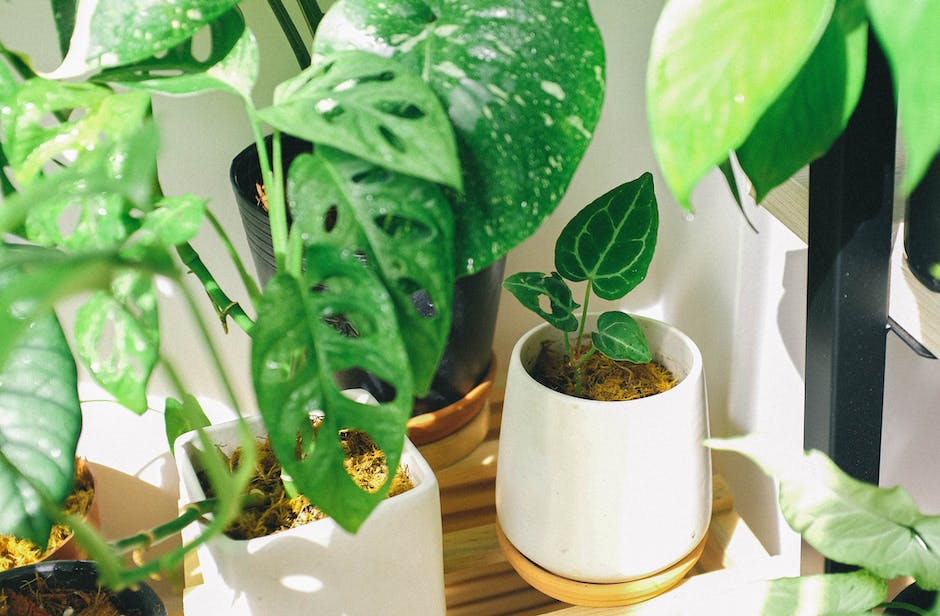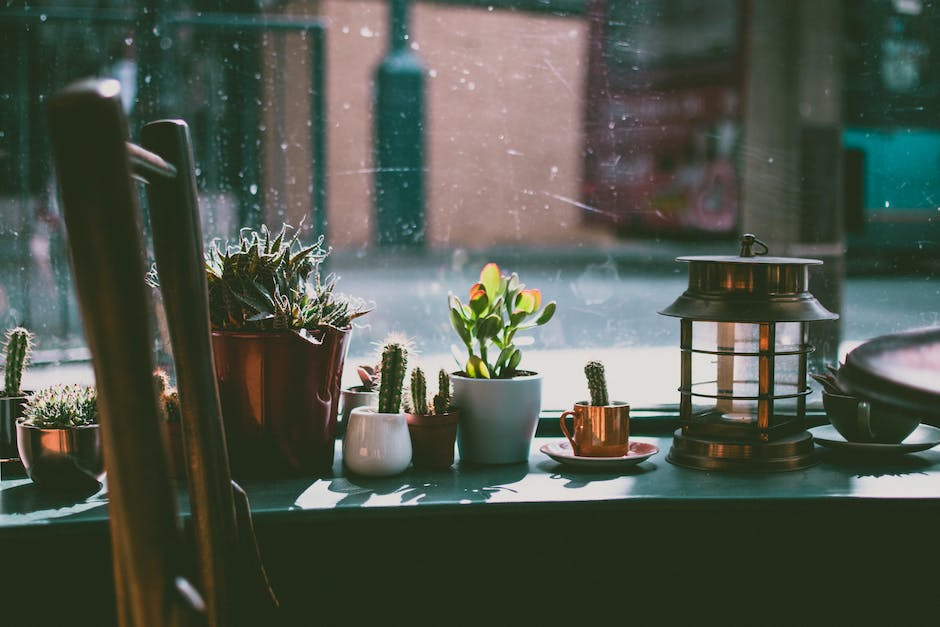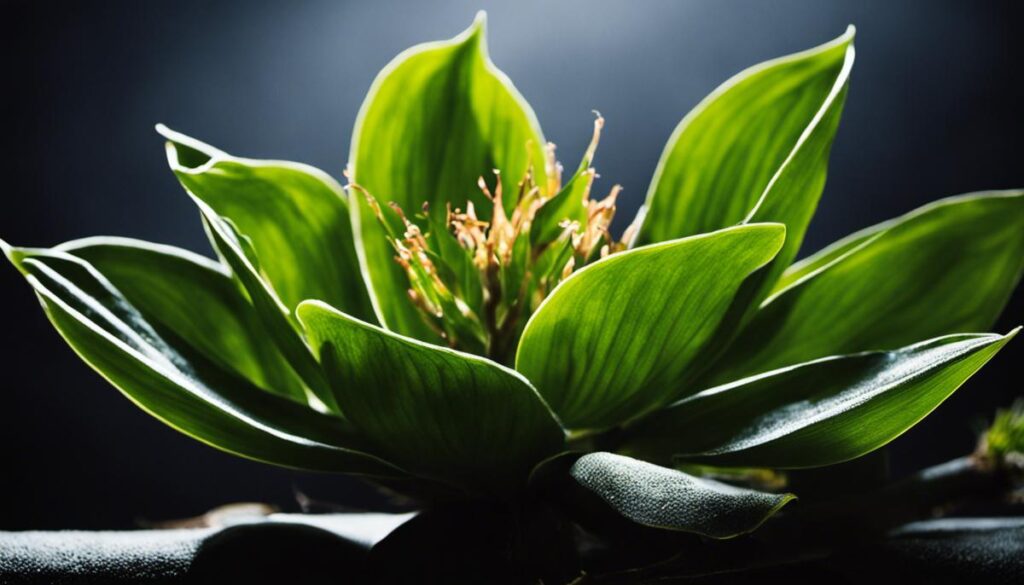As the allure of indoor gardening continues to grow, it’s essential to understand the varied needs of our leafy companions, particularly those that thrive in low light environments. Such plants have an elegance that beautifully transforms living spaces, offering more than just aesthetic benefits. Some cleanse the air and charm with their resilience, enriching our urban dwellings with a touch of nature.
To appreciate these plants fully, we delve into the fascinating world of plant biology, demystifying the phenomena of low light adaptation. This knowledge empowers us to create the perfect home for these plants, ensuring their health, growth, and longevity.
- Understanding Low Light Conditions
- Best Plants for Low Light Environments
- Caring for Low Light Indoor Plants
- Benefits of Low Light Indoor Plants
- Watering Needs of Low Light Indoor Plants
- Ideal Soil for Low Light Indoor Plants
- Optimal Temperature and Humidity for Low Light Indoor Plants
- Managing Pests and Diseases in Low Light Indoor Plants
- Feeding and Fertilizing Low Light Indoor Plants
- Pruning and Repotting Requirements for Low Light Indoor Plants
Understanding Low Light Conditions

Understanding Low Light Conditions
The term ‘low light’ relates to indoor conditions where natural sunlight is not as intense or direct. It’s crucial to distinguish between no light and low light. No light indicates the absence of any light source, including artificial light, making plant survival near impossible. Contrarily, low light refers to scenarios where plants have access to some light, whether it’s indirect sunlight or a weak artificial source.
Defining what it means for a plant to be labeled as a ‘low light indoor plant’ requires understanding where these plants naturally thrive. Low light indoor plants originate from environments like forest floors, where towering trees diffuse, absorb, and block a substantial amount of the sunlight. As a result, these species have developed specific adaptative characteristics that allow them to survive and grow in these darkened, albeit still somewhat illuminated, environments.
Typically, low light indoor plants are distinguished by their green, broad, and slightly glossy leaves. The surface area and glossiness enable these plants to absorb as much light as possible—vital for photosynthesis, the process through which plants produce food from light, water, and carbon dioxide. Additionally, the green color indicates an abundance of chlorophyll, which absorbs light more efficiently, particularly in low light conditions.
How Plants Survive in Low Light Environments
Several species of plants have developed unique survival strategies to adapt to low light conditions. For instance, they tend to have larger, shinier, green leaves to absorb as much light as possible. Additionally, they grow at a much slower rate to conserve energy, which effectively mitigates the limitation of less energy for photosynthesis as sunlight is scarcer.
Interestingly, there are also a number of plants that increase their efficiency in photosynthesis by adjusting their leaf orientation towards the light source. This phenomenon, known as ‘phototropism,’ enables plants to maximise absorption of whatever scant light they receive— a nifty adaptation to shaded environments.
Understanding the biology, survival strategies, and adaptive characteristics of these low light indoor plants can greatly help in illustrating their uniqueness and hardiness. Aside from their attractive qualities, such as brightening up dim spaces in the home, these plants also purify indoor air. However, one should bear in mind that low light plants still require a balanced mix of indirect sunlight, water, and nutrients to flourish.
House Plant Essentials
Best Plants for Low Light Environments

The Robust ZZ Plant
The ZZ plant, scientifically known as Zamioculcas zamiifolia, is a remarkable representative of indoor plants thriving under low light conditions. Renowned for its robust nature, the ZZ plant maintains its lush green look even when watering is infrequent. In an indoor environment, the plant typically achieves a height of 2 to 3 feet, making it versatile enough to display on tabletops, tuck into corners or stand in floor spaces. Along with enhancing your home’s aesthetics, the ZZ plant boasts a practical benefit too— it purifies air by eradicating toxins such as xylene, toluene, and benzene.
Snake Plant
Snake plant, or Sansevieria trifasciata, thrives in low light and is renowned for its tall, sword-like leaves with vibrant green color, adding a unique aesthetic appeal. They can grow up to 6 feet, and their growth rate is relatively slower. Snake plants are excellent air purifiers, eliminating toxins like benzene, formaldehyde, trichloroethylene, xylene, and toluene.
Pothos
Also known as devil’s ivy, Pothos (Epipremnum aureum) is a popular option for low light indoor conditions. It’s an attractive plant with heart-shaped leaves that come in a variety of colors and variegations. Pothos can be trained to climb or allowed to trail, and they can grow quickly in the right conditions. Pothos aids in eliminating toxins such as formaldehyde and benzene from the air.
Dracaena
Dracaena species are best suited for low light spaces and are available in an assortment of colors, sizes, and shapes. Some popular varieties include Janet Craig and the corn plant. These plants are on the larger scale, growing anywhere between 2 to 10 feet. Their robust and dramatic appearance can make for an eye-catching addition to any room. Dracaenas are effective at purifying the air from toxins including xylene, trichloroethylene, and formaldehyde.
Peace Lily
The Peace Lily, Spathiphyllum, is a gorgeous indoor plant known for its stunning white flowers. It can thrive and bloom, even in low light conditions, providing a unique aesthetic touch to any indoor setting. Typical Peace Lilies grow to about 16 inches, but if properly taken care of, they can reach up to 6 feet. These plants not only have the ability to purify the air by removing toxins like ammonia, formaldehyde, benzene, xylene, and trichloroethylene but also help in boosting indoor humidity levels.
Spider Plant
The Spider Plant, Chlorophytum comosum, boasts an appealing cascade of leaves that can bring a lively feel to any room. This plant tolerates low light conditions and grows rapidly, reaching up to 2-3 feet in width and 2-3 feet in height. Spider plants serve as good air purifiers, removing pollutants like formaldehyde and xylene.
The Tolerant Cast-Iron Plant
Emerging from the resilient species Aspidistra elatior is the traditional cast-iron plant that thrives perfectly in low light indoor spaces. The plant, characterized by its lush, dark green elongated leaves, grows at a leisurely pace to a modest height of around 2 feet. Its moniker, the cast-iron plant, is a nod to its impressive ability to endure various conditions. On the downside, it lacks meaningful air-purifying attributes.

Caring for Low Light Indoor Plants

Benefits of Low Light Indoor Plants
When you’re thinking about breathing life into your interiors with a fresh green look, consider low light indoor plants. Natively found beneath the shade of larger vegetation in their natural habitats, these plants have evolved to flourish under reduced light conditions. They offer a plethora of shapes, sizes, and colors, providing you with an ideal choice to boost the aesthetic value of your indoor environment.
Watering Needs of Low Light Indoor Plants
One of the most critical aspects of caring for indoor plants is understanding their watering needs. Low light indoor plants are no different. It’s important to remember that overwatering often results in plant diseases or even plant death. Therefore, make sure to use your finger to check the soil moisture levels before watering. If it feels dry about an inch below the surface, it may be time for a drink.
Ideal Soil for Low Light Indoor Plants
Low light indoor plants generally prefer well-draining soil. This prevents roots from becoming waterlogged and developing diseases, such as root rot. A typical houseplant potting mix would contain components like peat moss, vermiculite, and perlite, providing a balance between water retention and root aeration.
Optimal Temperature and Humidity for Low Light Indoor Plants
When it comes to temperature and humidity, most low light plants prefer a consistent environment year-round. Typically, a temperature range of 60 to 75 degrees Fahrenheit is ideal. However, some varieties may require slightly warmer or cooler conditions, so it’s important to research each plant’s specific needs. Humidity can vary significantly depending on the type of plant. Tropical plants often prefer a higher humidity level than non-tropical varieties.
Managing Pests and Diseases in Low Light Indoor Plants
A well-maintained indoor plant is less susceptible to pests or diseases. However, they are not immune. Common pests for indoor plants include aphids, spider mites, and mealybugs. If you discover pests, try removing them with a soft cloth or apply a suitable plant-friendly pest spray. For diseases, spotting the signs early is key. Look for yellowing leaves, stunted growth, or spots on the leaves. Consult with a local nursery or extension service to identify the cause and determine an appropriate treatment.
Feeding and Fertilizing Low Light Indoor Plants
While many indoor plants don’t require heavy feeding, it’s still essential for their vitality and growth. During the growing season, generally from spring to fall, you should fertilize low light plants every 2-4 weeks. In the dormant winter months, it’s usually best to quit feeding altogether. Always follow the manufacturer’s instructions when using fertilizer to avoid damaging your plant.
Pruning and Repotting Requirements for Low Light Indoor Plants
Pruning helps keep your plants healthy and aesthetically pleasing. Regularly remove any yellow or brown leaves to keep the plants looking fresh. Depending on its growth rate, you may need to repot your plant every 2-3 years. A general sign that a plant needs repotting is when you see roots poking out from the bottom of the pot.
Proper care for low light indoor plants requires some practice and attention. However, the reward of thriving, beautiful plants in your living space is well worth it. It’s always crucial to research the specific needs of each plant you bring into your home, as each species may have slightly different care requirements.

With a bit of understanding, a touch of care, and the right choices, indoor gardening in low light conditions can be a rewarding journey. Any interior can be marvelously enriched when adorned with the diverse array of low light plants that offer a range of aesthetic looks, air-purifying abilities, and intriguing growth patterns. Armed with the insights provided here, you are now better equipped to navigate the world of low light indoor plants, ensuring their survival and succes in their new habitat. Keep these guidelines in mind, cultivate your patience, and you’ll soon witness how your indoor green sanctuary thrives, even in the gentlest light conditions.
